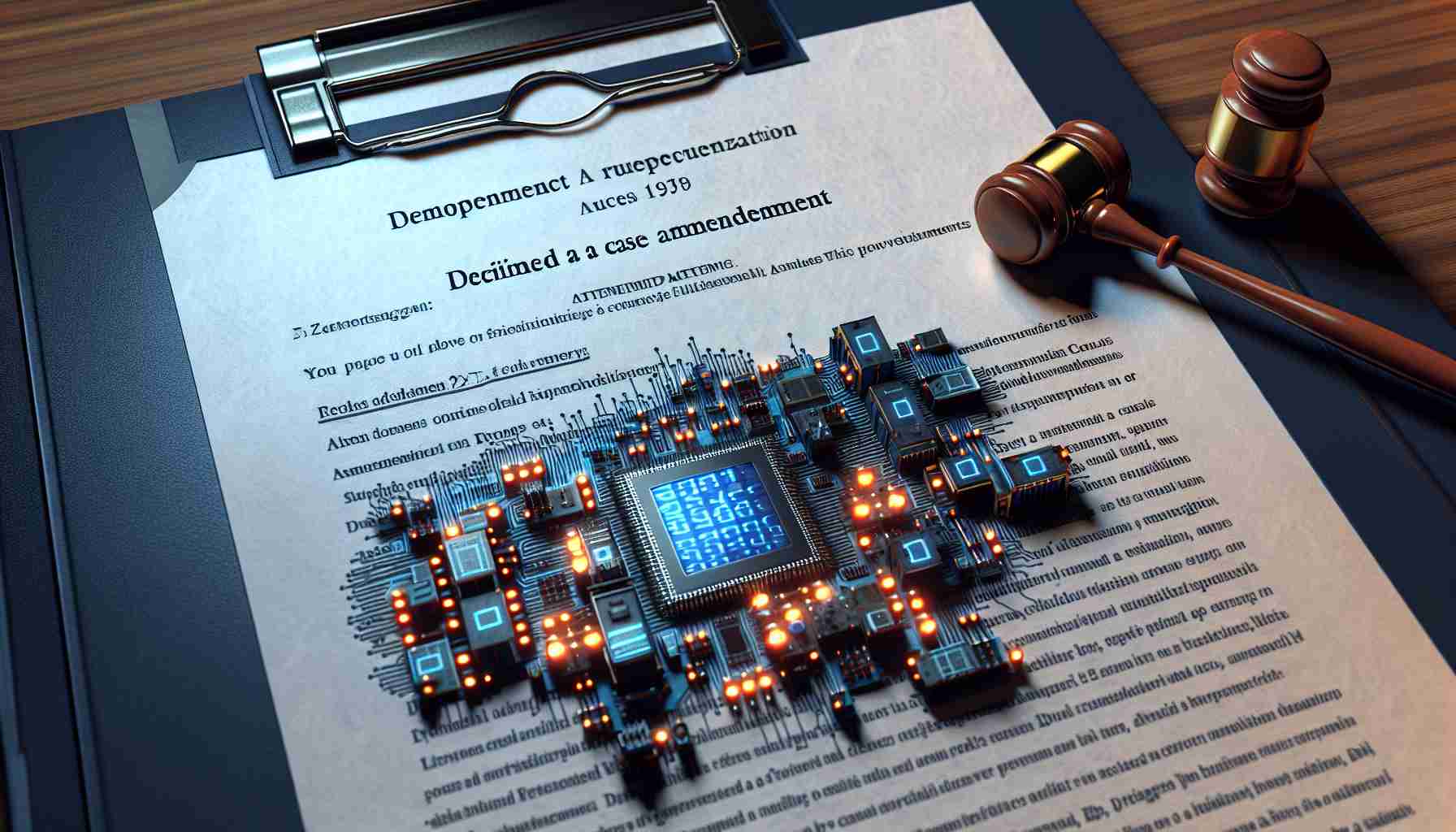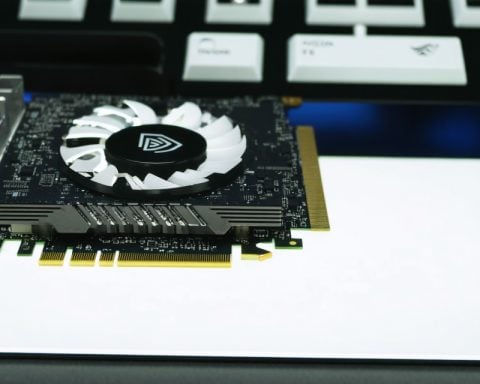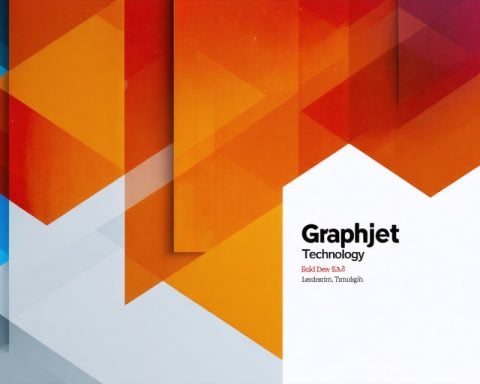In a significant ruling on Friday, a European patent court denied Motorola’s attempt to modify its infringement case against Ericsson. The court’s decision came after a careful review of the timeline of the application, concluding that Motorola had missed the deadline by nearly three months.
This setback marks a pivotal moment in the ongoing legal battle between the two technology giants. The court emphasized the importance of adhering to procedural timelines to ensure fairness and efficiency in patent litigation. By rejecting Motorola’s second request to amend the case, the judges reinforced the necessity for companies to act promptly and decisively within the legal framework.
The dispute centers on allegations made by Motorola against Ericsson involving patent violations, a common occurrence in the highly competitive telecommunications market. As both companies continue to innovate and introduce new technologies, the resolution of this legal issue will likely influence their market strategies and product offerings moving forward.
Overall, the ruling illustrates the complexities of patent law in Europe and the challenges faced by corporations when navigating legal disputes. Motorola now has to evaluate its options moving ahead as it seeks to defend its interests in the challenging landscape of telecommunications. The outcome of this case could set a precedent for future patent-related conflicts within the industry.
Motorola’s Request for Patent Case Amendment Denied by European Court: Implications and Insights
On a pivotal day in the realm of telecommunications law, Motorola’s attempt to amend its patent infringement case against Ericsson was officially dismissed by a European patent court. This event marks not just a procedural setback for Motorola, but also raises key questions about the future of patent litigation in Europe’s technology sector.
Key Questions and Answers:
1. What was the basis for the court’s decision?
The court’s dismissal was rooted in Motorola’s failure to meet the deadline for amending its case, having missed it by nearly three months. The judges underscored the necessity of strict adherence to procedural deadlines, which are vital for ensuring fairness and efficiency in the legal process.
2. What are the implications of this ruling for Motorola?
The ruling effectively narrows Motorola’s options for pursuing further claims against Ericsson in this specific legal battle. With the court’s refusal to allow amendments, Motorola must reevaluate its strategies in both this case and its broader patent approach.
3. How might this ruling affect Ericsson?
For Ericsson, this decision reinforces its defense against Motorola’s claims and could bolster its negotiating position in future licensing discussions. A favorable outcome may foster a greater sense of stability for Ericsson in the highly charged environment of patent litigation.
Key Challenges and Controversies:
The denial of Motorola’s amendment request highlights several challenges in the realm of patent law:
– Strict Deadlines: The ruling illustrates the strict nature of procedural deadlines in patent cases, which can drastically impact a company’s ability to defend its intellectual property. Companies must act swiftly and with precision to avoid losing potential claims.
– Complex Patent Landscapes: The telecommunications sector has become increasingly complicated, with overlapping patents and a high volume of litigation. This complexity can create confusion, not only among the parties involved but also for the courts tasked with resolving these disputes.
– Potential for Overreach in Claims: There is ongoing controversy about whether companies like Motorola may sometimes pursue overly broad or unfounded infringement claims, leading to protracted legal battles that can stifle innovation.
Advantages and Disadvantages:
Advantages:
– Clear Precedent: The ruling sets a clear precedent regarding the importance of compliance with procedural rules in patent litigation, which could enhance efficiency in future cases.
– Stability for Industry Players: A definitive ruling may offer greater stability for market participants, making it easier to forecast potential legal outcomes and plan strategic moves accordingly.
Disadvantages:
– Limited Defense Options: Companies facing similar situations may find their legal defenses significantly curtailed if they cannot amend claims based on procedural missteps.
– High Legal Costs: The ongoing litigation can be financially burdensome for companies, leading to significant resource allocation toward legal challenges rather than innovation.
With the ruling delivered, Motorola now faces the challenging task of reassessing its legal position within the confines of European patent law. As both the technology and legal landscapes evolve, the resolutions of such disputes will likely continue to shape market dynamics and competitive strategies in the telecommunications industry.
For more insights on this evolving situation and its implications for the telecommunications industry, visit Motorola and Ericsson.























